Air India is set to order close to 500 aircraft, according to a leading aircraft lessor. Speaking at the Airline Economics conference, an executive of AirLease Corp told reporters that the Tata-owned airline was in the market for planes as the industry's recovery from the pandemic is speeding up.
"As a result of this recovery, there is now more momentum for large orders from airlines who have sort of sat back and watched the movie, and now they're seeing there's going to be a positive trend," said AirLease Corp executive chairman Steven Udvar-Hazy.
According to a Reuters report, the Indian airline has been planning to increase the size of its fleet as far back as December, with Udvar-Hazy's comments being the first public indication of these plans.
"We have this 500-aircraft order coming out of India, which is going to be about 400 narrow-body aircraft, probably a mix of (Airbus) A320neos, A321neos and (Boeing) 737 MAXs, and 100 wide-bodies which will include (Boeing) 787s, 777X, potentially some 777 freighters and (Airbus) A350s," he added.
With the airline industry looking to spread its wings following the COVID-19 pandemic, multiple international operators are in the market with fleet expansion on their minds. "We do expect a number of airlines will place large orders and again most of these orders will be for replacement," Udvar-Hazy said.
United Airlines recently ordered 200 large and small aircraft. China last year placed a block order for Airbus jets. Reuters' industry sources say finalising the proposed deal with Air India depends on ongoing negotiations with engine makers.
Udvar-Hazy predicts that most airlines would turn back towards medium-sized wide-body jets after significant delays in the development of Boeing's largest new model, the 400-seat 777X - currently running at five years and potentially rising further.
"We expect that both OEMs will be under pressure in the next couple of years to increase production rates, not necessarily back to the levels they were in 2018, but certainly well above current production," he said.
Read next
FAA investigating near-collision between Delta and American Airlines at JFK
Radhika Bansal
17 Jan 2023
The Federal Aviation Administration is investigating a near-collision between a Delta and American Airlines aircraft at John F. Kennedy International Airport, the government agency announced.
A Boeing 737 operated by Delta stopped its takeoff roll about 1,000 feet away from where American Airlines Flight 106, a Boeing 777, had crossed from an adjacent runway on Friday around 8:45 p.m., according to the FAA.
The Delta Flight 1943 came to a safe stop on Runway 4-Left after air traffic controllers noticed the other aircraft crossing the runway in front of the departing jetliner, the FAA said in a preliminary statement.
There were 145 passengers and six crew members on Flight 1943, which was flying to Santa Domingo Airport in the Dominican Republic, Delta said in a statement.
The airline described the incident as a "successful aborted takeoff procedure," adding passengers deplaned after returning to the gate. The flight was then delayed overnight due to crew resources and were provided overnight accommodations. Flight 1943 eventually departed at 10:17 a.m. Saturday, Delta said.
After the near-miss, the flight returned to the gate and was delayed overnight due to crew resources, the airline said. Customers were given overnight accommodations and the flight departed the following morning.
Delta Airlines will work with and assist aviation authorities on the full review of the incident, according to the statement. "The safety of our customers and crew is always Delta's number one priority..." Delta said in the statement. "We apologize to our customers for the inconvenience and delay of their travels."
Additional information on the incident was not immediately available. The National Transportation Safety Board is also investigating the incident, the agency announced Sunday afternoon.
Meanwhile, the American Airlines Boeing 777 bound for London Heathrow departed JFK 20 minutes after the mishap. Reportedly, the 777 did not have clearance to cross the active runway. It was also supposed to depart from runway 4L, however, instead, it crossed that runway, planning to depart from runway 31L.
The air traffic controller and the Delta pilots were praised for their quick response and the occurrence is being investigated by FAA officials.
Read next
The Meghalaya Transport Corporation (MTC) signed an agreement with SpiceJet for operating direct flights between Shillong and Delhi, officials said here. The flights will operate twice a week on Monday and Friday, they said.
"SpiceJet approached the state government and offered to operate the Delhi-Shillong-Delhi flights on its own as per the extant terms of MTC. SpiceJet has a total fleet of 23 Bombardier Dash 8 Q400 aircraft. The same aircraft will be deployed for the Delhi-Shillong-Delhi route," an official of the CM's office said in a statement.
https://twitter.com/aaishillong/status/1614268927210835968
The flights are expected to start operating from February 2023. SpiceJet is looking forward to fulfil the commitment of the state government and meeting the aspirations of the citizens of Meghalaya with direct flights between Shillong and Delhi, the statement said.
An initiative to operate direct Delhi-Shillong-Delhi flights were undertaken by the state government in 2020. Initially, Big Charter Pvt Ltd (FlyBig) was engaged to operate the flights. FlyBig had deployed Bombardier Dash 8 Q400 aircraft on the route which were initially chartered from SpiceJet.
SpiceJet to operate direct flights between Shillong and Delhi
However, FlyBig later expressed its inability to continue its operations. Subsequently, the state government held several deliberations with FlyBig and also explored other alternatives. Accordingly, the agreement with FlyBig was terminated last year.
Read next
Delhi's IGI Airport Terminal 1 expansion should be completed by the end of this year, according to DIAL CEO Videh Kumar Jaipuriar.
The Indira Gandhi International Airport in New Delhi is undergoing a massive refurbishment in order to lessen passenger and flight congestion and get ready for a potential increase in demand for air travel. One of the major projects for the Delhi Airport development is the present renovation of Terminal T1.
https://www.youtube.com/watch?v=jeCSNEVg7es
Also read: Newly constructed arrival terminal at Delhi Airport’s T1, set to open soon
According to DIAL CEO Videh Kumar Jaipuriar, the project will be completed by the end of 2023 or the beginning of 2024.
The extensive renovation and expansion would increase the size of Delhi's Terminal 1 from 60,000 square metres to 169,000 square metres and create a fully integrated terminal with arrivals and departures under one roof. The terminal's capacity will increase from 20 million to 40 million passengers once it is finished. Most domestic flights operated by low-cost airlines will use the new T1.
Features of the new terminal are as follows:
A larger Terminal 1 will be created by combining Terminals 1D and 1C.
The integrated Terminal 1 will house both the departure and the arrival under one roof.
The current 60,000 square metres of Terminal 1 will expand to 169,000 square metres.
It will have 13 entry gates instead of the current 8 entry gates.
There will be an increase in the number of baggage carousels from 4 to 9.
Arrival baggage belts will grow in size and quantity.
The new T1 will have ten belts of 70 metres each, replacing the previous model's eight belts of 52 metres each.
A ‘Smart Apron’ will be expanded increasing the number of aircraft parking stands to rise from 55 to 82.
A brand-new retail area for shopping and dining will be included in the rebuilt T1.
The updated 8,000 square metre Arrival area, which provides travellers with modern amenities including a meet and greets gallery, VIP lounge, a roomy baggage claim area, and a food court, is one of the project's elements that has already begun to take shape.
The project is now in Phase 3A, at which time Terminals 1C and 1D will merge into Terminal 1 and construction on the Eastern Elevated Cross Taxiway (ECT), which consists of two 2.1 km long and 203-metre wide ECTs, will come to an end.
During Phase 3B of the project, a fourth runway (11R-29L), which will be about 4,400 metres long and 75 metres wide, will be constructed
With the new taxiways, aircraft movements at DEL will move much more quickly and the landing taxiing distance will drop from 9 km to 2 km.
A fourth runway (11R-29L), which will be a record for the country, will be built during Phase 3B of the project, which is being directed by Larsen & Toubro (L&T), will be created. It will be around 4,400 metres long and 75 metres wide.
Also read: Delhi Airport’s fourth runway to be ready by early 2023
“The new layout will facilitate improved air traffic flow and enhance airside safety. The creation of new contact stands will also lead to a reduction in the Ground Support Equipment required. This will ensure faster aircraft turnaround time and improve safety in the apron area, resulting in improved operational efficiency on the airside.”
–DIAL
The bulk of Indian low-cost carriers, including IndiGo, the largest carrier in the nation, would establish themselves in the new T1 for domestic operations, claims DIAL CEO Jaipuriar. In fact, IndiGo is said to be interested in establishing a dedicated terminal, thus it's possible that all of its domestic and international flights will originate from the new terminal in 2024.
The majority of low-cost airlines operating in India, including IndiGo, the biggest airline in the country, would commence domestic operations in the new T1
The ambitious future plans for Delhi International Airport include handling up to 100 million people a year. The heavy congestion last month demonstrated that the airport is not without issues, but a redesigned Terminal 1 will surely improve the passenger experience.
Source: Times Now
Read next
Government encourages Airbus and Boeing to set up final assembly lines in India
Radhika Bansal
16 Jan 2023
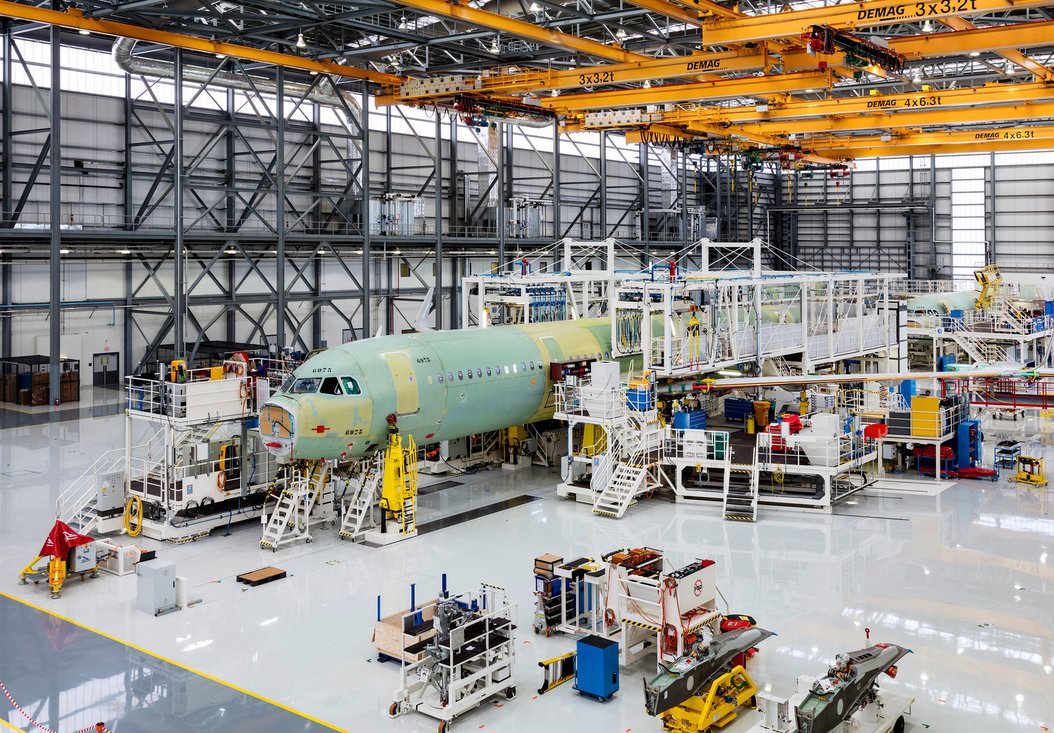
The Modi government has sounded out aerospace majors Airbus and Boeing to set up final assembly lines in the country as these two are likely to get orders for nearly 2,000 aircraft from Indian airlines over the next decade or so.
In contemporary times, IndiGo was so far the only Indian carrier placing mega aircraft deals and inducting those planes — with its last 2019 firm order for 300 A320neo family aircraft taking the budget carrier’s total number of A320 family aircraft orders to 730.
In the next few weeks, the Tata Group is going to place a big order for hundreds of narrow and wide-body Boeing and Airbus for its in-the-works new Air India and low-cost Air India Express.
The government encourages Airbus and Boeing to set up final assembly lines in India
India is going to be among the top aviation markets globally thanks to a growing aspirational middle class for whom air travel is no longer a luxury but a necessity. International travellers have been filling up neighbouring hubs of foreign airlines for decades.
The acquisition of Air India and Air India Express by the Tatas and the pre-existing eminent position of IndiGo means India will have its mega carriers that will place mega orders. Then there are several smaller airlines too.
“We cannot be happy with the aircraft makers just buying components from India, whether with or without offset requirements. It is time Airbus, Boeing and engine majors set up final assembly lines here,” people in the know told TOI. Comments were sought on the issue from both the aircraft majors.
Sources in these companies say they are being increasingly nudged in that direction by the government. Last month, the commerce department sounded an alarm at the surge in the import of aircraft. The import of unladen aircraft (not loaded with goods or passengers) weighing 15,000 kg, valued at over USD 200 million, had increased 56.5% in April-September 2022 over the same period last year.
Imports of certain turbo jets had increased by 34% and helicopters of an unladen weight of more than 2,000 kg jumped by 42%, the commerce department had pointed out. Following this, the aviation ministry sought steps that could be taken to develop a strategy to bring down the trade deficit.
To be sure, having a final assembly line (FAL) in India means having the entire supply chain ecosystem in the vicinity— right from aircraft body, wings, assembled engines, seats and everything imaginable.
For instance, a leading engine major had last year replied that “we need to be close to aircraft FAL” in Toulouse and the US when asked if it planned to have a FAL in India. “The process will take some years but it must be started now to have the same in place in the next 3-4 years. Otherwise, it will remain a chicken-and-egg story,” said people in the know.
The government is of the view that now is the time to take the next step and make commercial aircraft in India too. Airbus has four A320 family assembly facilities around the world — Toulouse (France); Hamburg (Germany); Tianjin (China) and Mobile (US).
India’s IndiGo is the world’s largest customer of the A321neo family of aircraft.
The China FAL commenced operations in 2008 and last November it commissioned its first A321, something Airbus had described as deepening “collaboration with China’s aviation industry and demonstrates Airbus’ commitment to enhancing its long-term strategic partnership with China.” India’s IndiGo is the world’s largest customer of the A321neo family of aircraft.
Boeing has all its FALs in the US. It opened a completion centre in China where aircraft assembled in the US are flown to. Fitting of seats and aircraft painting is done in China, hence the name. People in the know say the critical things while deciding to set up a FAL in a country are the size of its market.
“Infrastructure including reliable power, hangars and availability of skilled manpower certified by Federal Aviation Administration (FAA) as every person touching an aircraft needs to be certified. An aircraft has millions of parts so supply chain processes and raw material availability need to be in place,” they say.
Last October, Tatas and Airbus announced they will jointly make the C-295 transport aircraft for the Indian Air Force in Gujarat.
Finally, aircraft manufacturers worry if customer orders do not specifically seek guarantees that planes not be made in some places. For instance, when Boeing opened its second B787 FAL and delivery facility in South Carolina’s Charleston about 15 years ago, some airlines specifically said they wanted their Dreamliners to be from the Seattle FAL.
Some years later when airlines realised that the B787s from both the FALs are the same quality-wise, then they dropped these pre-conditions, say people in the know. Last October, Tatas and Airbus announced they will jointly make the C-295 transport aircraft for the Indian Air Force in Gujarat.
The defence ministry had at that time described this as “the first project of its kind in which a military aircraft will be manufactured in India by a private company.” Till now, only state-owned Hindustan Aeronautics makes aircraft for the armed forces.
(With Inputs from The Times of India)
Read next
A 72-seat passenger ATR-72 aircraft belonging to Yeti Airlines tragically crashed upon landing at Pokhara International Airport in Nepal's Kaski district on Sunday, January 15. The aircraft was 15 years old. It was Nepal's worst crash in nearly five years.
At least 67 people are confirmed dead after a plane carrying 72 people crashed in Nepal on Sunday, police said. "Thirty-one (bodies) have been taken to hospitals," police official AK Chhetri told AFP, adding that 36 other bodies were found in the gorge where the aircraft crashed.
There were 5 Indians apart from 4 Russians, 1 Irish and 2 South Korean nationals among the passengers. The Indian nationals have been identified as Abhisekh Kushwaha, Bishal Sharma, Anil Kumar Rajbhar, Sonu Jaiswal and Sanjaya Jaiswal, a Yeti Airlines official said.
Yeti Airlines ATR-72 crashes in Nepal's Pokhara; all the lives lost
According to the Civil Aviation Authority of Nepal (CAAN), Yeti Airlines' 9N-ANC ATR-72 aircraft took off from Kathmandu's Tribhuvan International Airport at 10.33 am and crashed at the Pokhara airport at around 11 am. Emergency rescue operations are currently being conducted at the airport. A total of 72 people - 68 passengers and 4 crew members - were on board the ill-fated flight, as confirmed by a spokesperson for Yeti Airlines.
The Yeti Airlines flight 9N-ANC ATR-72 was on its third sortie since Sunday morning. It first flew from Kathmandu to Pokhara and back to Kathmandu earlier in the day. The Yeti Airlines aircraft took off from Kathmandu's Tribhuvan International Airport at 10:33 am. While landing at the Pokhara airport, the plane crashed on the bank of the Seti River between the old airport and the new airport.
Flight tracking website FlightRadar24 said the Yeti Airlines aircraft was 15 years old and equipped with an old transponder with unreliable data. Yeti Airlines has a fleet of six ATR72-500 planes, according to its website. Yeti describes itself on its website as a leading domestic carrier of Nepal.
Images and videos of the crash posted on social media showed smoke billowing from the site.
Nepalese Prime Minister Pushpa Kamal Dahal called an emergency cabinet meeting following the crash and directed effective rescue operations. The Nepal government has also formed a five-member commission of inquiry to probe the plane crash. The Nepal government has also formed a five-member commission of inquiry to probe the plane crash.
Images and videos of the crash posted on social media showed smoke billowing from the site. As per reports, the airport was closed temporarily owing to the incident. Pokhara, in central Nepal, is a lakeside tourist mecca below the Annapurna mountain range.
The passenger plane reportedly crashed just ten seconds before landing. According to the Air Traffic Control (ATC) staff, the runway of Pokhara is built in the east-west direction. Initially, the pilot asked for a landing in the east and permission was granted. However, later on, the pilot asked for permission to land in the west direction and was given permission again. But the plane crashed ten seconds before landing.
The new airport, Nepal's third international airport, built with Chinese assistance, was inaugurated only days ago, on January 1, 2023.
It was a clear day in the Pokhara valley and weather conditions were not all adverse. The crashed aircraft was an ATR-72, an aviation workhorse in the mountainous region. The cause of the crash will only be known after data from the blackbox is analysed. The new airport, Nepal's third international airport, built with Chinese assistance, was inaugurated only days ago, on January 1, 2023. Rescue operations are underway and the airport has been closed for the time being.
The weather was clear, said Jagannath Niroula, Nepal's Civil Aviation Authority spokesman. "Thirty bodies have been recovered and sent to hospital," Niroula said, as reported by Reuters. "Another 14 bodies are still lying at the crash site and authorities are bringing in a crane to move them," he said.
The Himalayan country of Nepal, home to eight of the world’s 14 highest mountains, including Everest, has a record of air accidents. Its weather can change suddenly and airstrips are typically sited in difficult-to-reach mountainous areas.
ALSO READ - Nepal’s Tara Air crash – 14 bodies recovered, the reason for the crash unknown
Last May, a Tara Air flight carrying 22 people crashed into a Himalayan mountain at an altitude of about 14,500 feet.
Last May, a Tara Air flight carrying 22 people crashed into a Himalayan mountain at an altitude of about 14,500 feet. That was the country’s 19th plane crash in 10 years and its 10th fatal one during the same period, according to the Aviation Safety Network database.
In 2016, all 23 people aboard were killed when a plane of the same airline flying the same route crashed after takeoff. In March 2018, a US-Bangla Air crash occurred at the Tribhuvan International Airport, killing 51 people on board.
A Sita Air flight crashed in September 2012 while making an emergency landing at the Tribhuvan International Airport, killing 19 people. A plane flying from Pokhara to Jomsom crashed near Jomsom airport on May 14, 2012, killing 15 people.
Nepal's air industry has boomed in recent years, carrying goods and people between hard-to-reach areas and foreign trekkers and climbers. But it has been plagued by poor safety due to insufficient training and maintenance. The European Union has banned all Nepali carriers from its airspace over safety concerns since 2013.

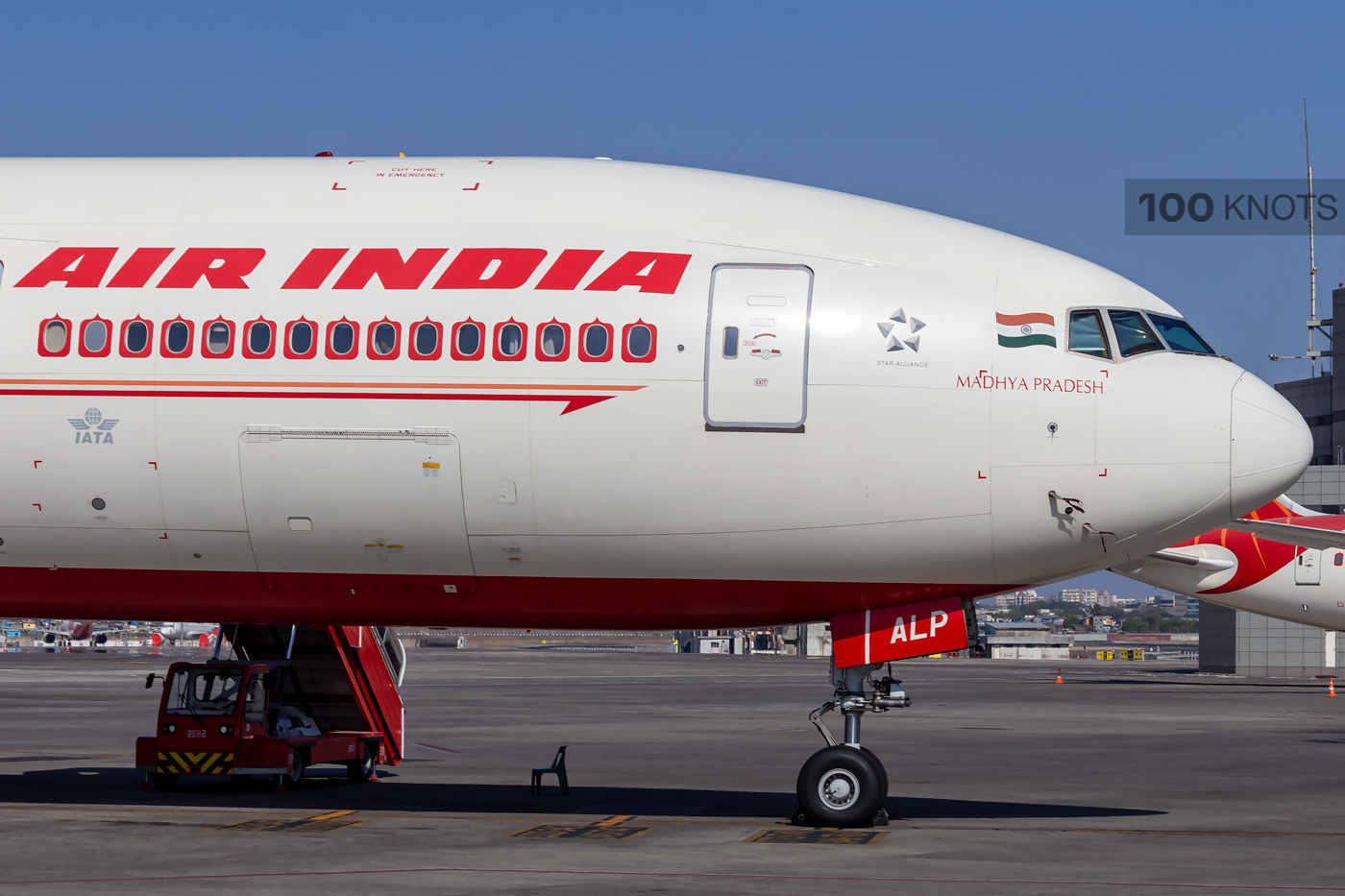
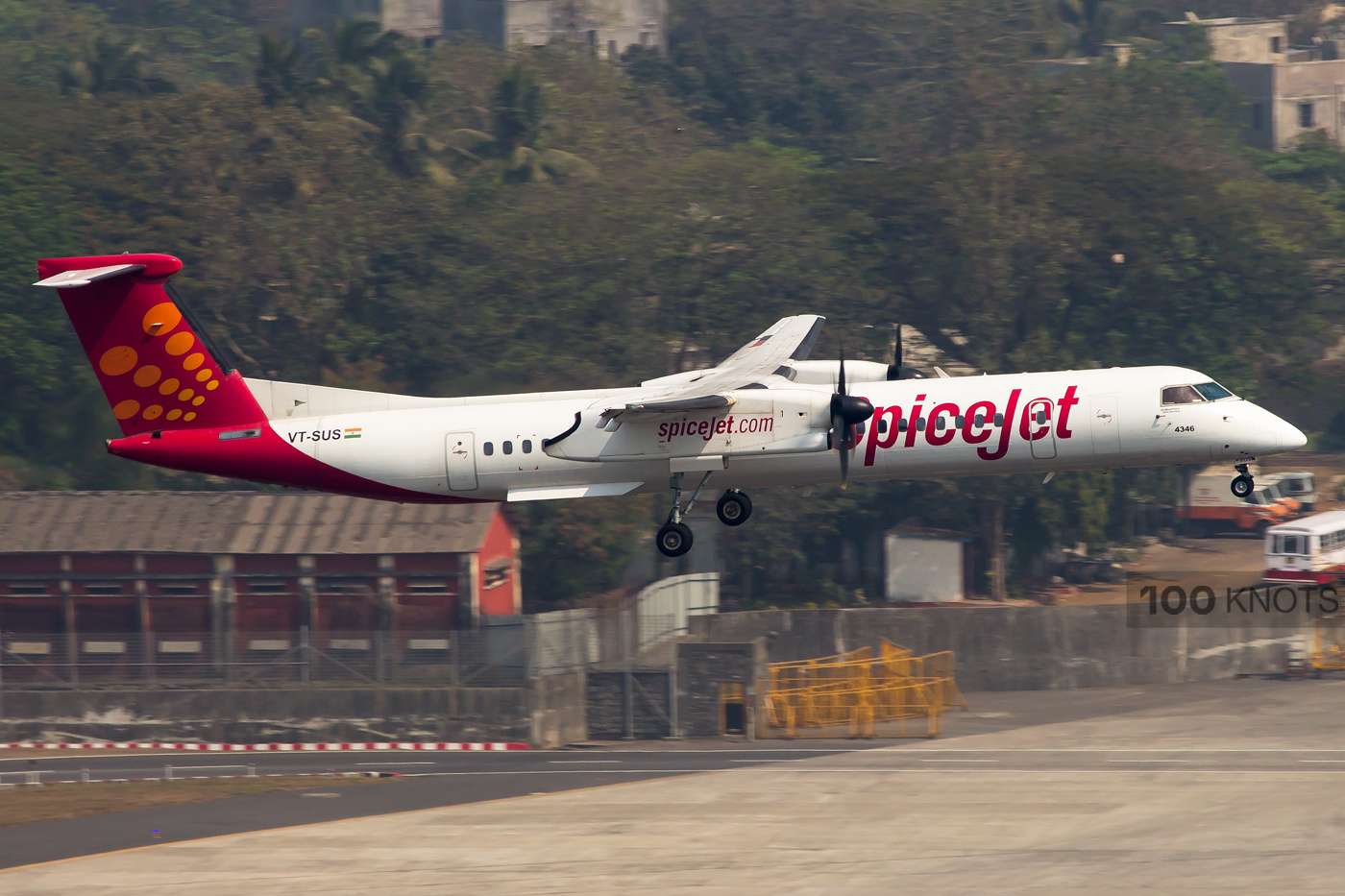

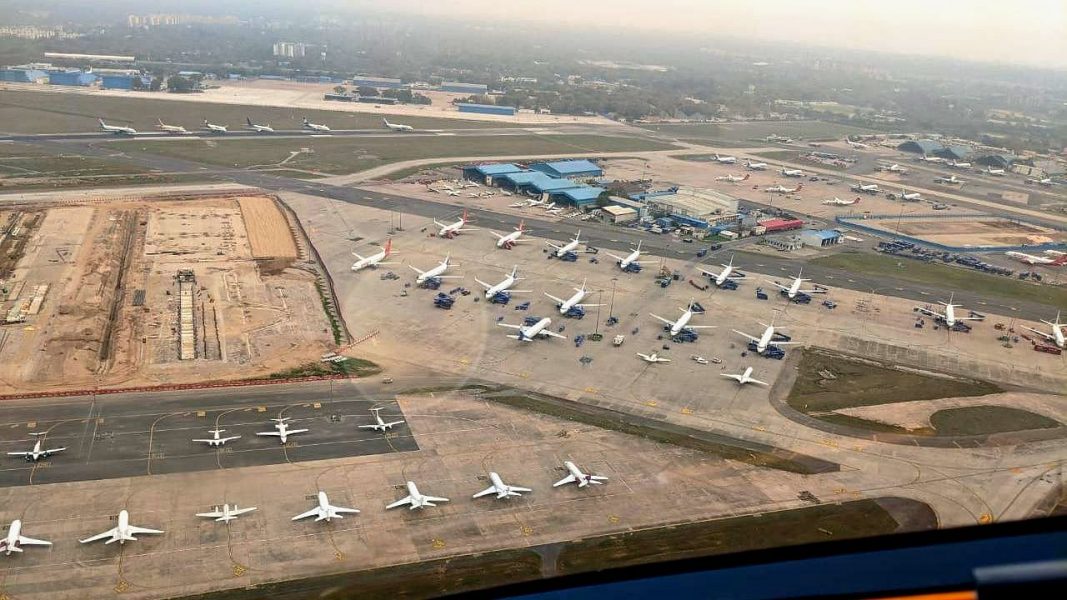
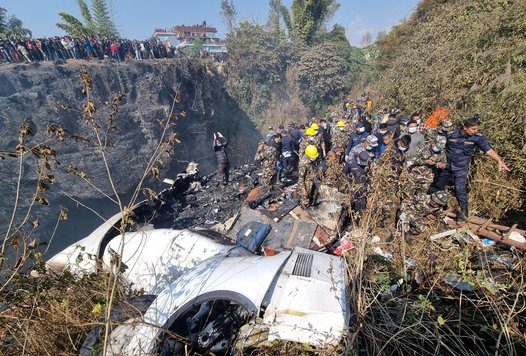
Comment